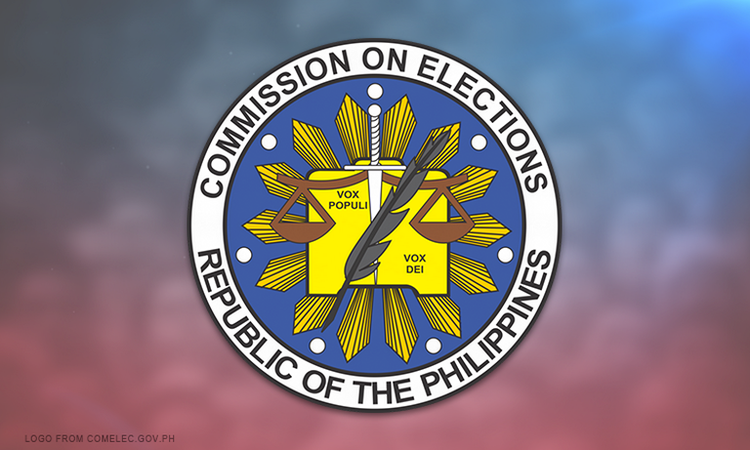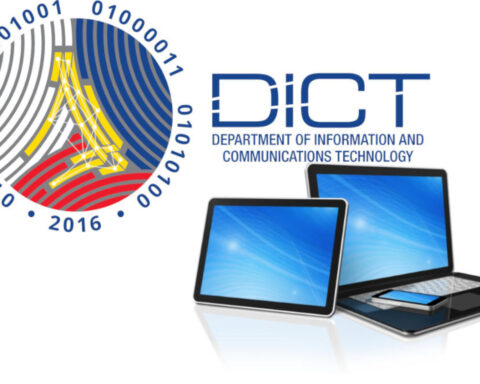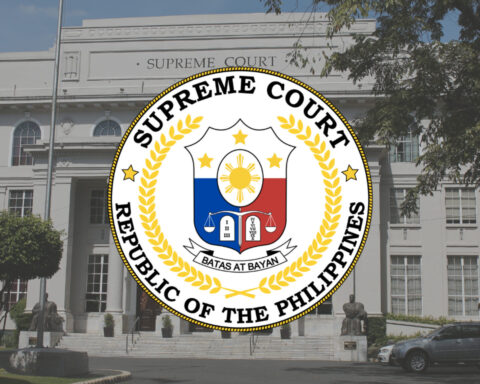Millions of driver’s licenses were scanned by AI facial recognition technology, leading to the wrongful arrest of an innocent man. In 2020, Robert Williams was apprehended in his Detroit driveway, bewildered and unaware of his alleged offense.
He spent a night in a cold cell, his wife desperately seeking answers from the Detroit detention center. The true reason behind his mistaken identity emerged only after extensive investigation and subsequent legal action against the Detroit police.
It was revealed that a flawed AI facial recognition system was responsible for his wrongful arrest. This system continued to operate, making further erroneous identifications, all of which disproportionately targeted African-American individuals like Robert.
As similar technology is introduced in Australia, and with legislative efforts to regulate its use underway, Mr. Williams shares his cautionary tale.
The Double-Edged Sword: Power and Flaw of AI-Driven Tool
Robert Williams’ case marked the first documented incident in the US of a person being wrongly detained due to facial recognition technology.
Law enforcement agencies globally, including in Australia, were undergoing a technological transformation with the adoption of powerful AI-driven facial recognition.
While promising for crime investigation, these systems had inherent flaws.
They not only posed a threat to privacy through mass surveillance but also demonstrated racial bias, particularly in misidentifying people of color.
The incident involving Mr. Williams began with a robbery in Detroit, where the facial recognition system ranked him as the ninth-most-probable match, despite not being the primary suspect. Nevertheless, he was arrested, thrust into the criminal justice system, and faced years of legal battles to clear his name.
The technology’s flaw was traced back to its training data, which primarily consisted of images of white individuals, resulting in poor accuracy in identifying people of color.
The issue of racial bias in facial recognition was highlighted by a 2019 study, revealing up to a 100-fold higher likelihood of false identification of African American faces compared to Caucasian faces. This study encompassed the algorithm used in the system that targeted Robert Williams. Despite growing awareness of the technology’s shortcomings, it continued to be used by law enforcement, leading to further wrongful arrests of black individuals.
Facial Recognition at a Crossroads: Unregulated Use and the Battle for Civil Liberties
The problem extended beyond misidentification; it also lay in how police relied on the technology. Instead of treating facial recognition matches as leads, they sometimes used them as sole grounds for arrest.
This meant that the AI effectively determined who was apprehended, potentially leading to flawed investigations.
In Australia, facial recognition technology is widely employed, but there is a lack of clear legal guidelines governing its use. Failed attempts at regulation have left the country without defined safeguards against potential abuses.
While police claim not to conduct “one-to-many” face matching, they have utilized commercial services like Clearview AI, which have faced privacy law violations. Recent legislative efforts in Australia have primarily focused on the national facial recognition system, leaving room for continued use of commercial services by law enforcement.
Robert Williams, now an advocate against facial recognition in law enforcement, acknowledges that addressing bias may improve the technology, but he remains opposed to its widespread use for mass surveillance.
He emphasizes the importance of protecting individuals’ privacy and civil liberties, even in the pursuit of public safety.
Source: PhilNews24 | November 1, 2023







